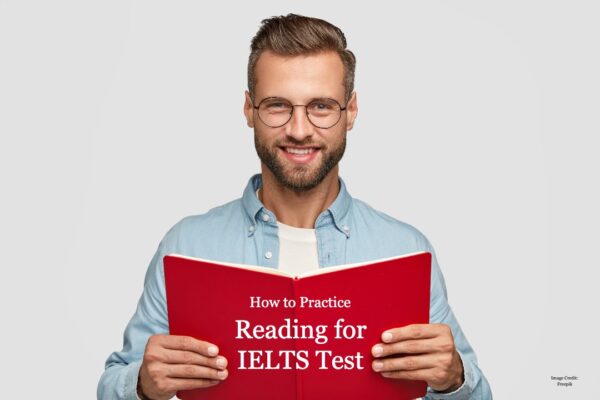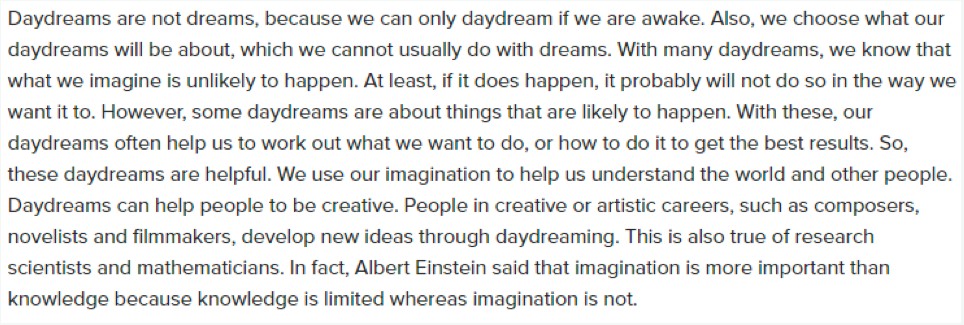
Do you find the True, false, not given question type in the IELTS Reading test challenging? Find out how to answer this question type and the tips you need to remember so you can perform better on the IELTS test day.
True, false, not given question type requires you to locate and identify specific information. This information will be presented in the text as facts. Right next to the facts, you need to write TRUE, if the fact matches the text; FALSE, if the fact does not match with the text; and NOT GIVEN, if the fact is not present in the text. Have a look at some of the tips to perform well in this and the samples given below:
Tips for Answering True, False, Not Given Question Type
- You have to read the information text carefully. Find out whether the keywords in the question are present in the text and mark them if possible.
- Remember that the question will be paraphrased with synonyms of the words contained in the text.
- Sometimes words like YES, NO, and NO INFORMATION are used. These may be slightly different, where you may have to look for opinions instead of facts.
- You need to keep in mind that, if the fact is TRUE, then there should be an exact match.
- If you are really unsure and cannot understand the synonyms given, then you can mark it as NOT GIVEN.
- Do not spend a lot of time on one question. If you cannot find the fact in the information then the answer is probably NOT GIVEN.
Let’s take a look at the below sample question on True/False/Not Given
Programmable plants
In electronics, even the most advanced computer is just a complex arrangement of simple, modular parts that control specific functions; the same integrated circuit might be found in an iPhone, or in an aircraft. Biologists are creating this same modularity in – wait for it – plants, by designing gene “circuits” that control specific plant characteristics – color, size, resistance to drought, you name it.
The relatively new, interdisciplinary field is synthetic biology – the design of genetic circuits, just like in electronics, that control different functions and can be easily placed in one organism or the next. Most of today’s synthetic biologists work with simple microorganisms, like E. coli or yeast.
A CSU team led by June Medford, professor of biology, and Ashok Prasad, associate professor of chemical and biological engineering, is doing the same thing, but in the much more complex biological world of plants.
TRUE/FALSE/NOT GIVEN questions:
- Scientists are using a technique from electronics to control specific plant properties.
- Some synthetic biologists work with the genetic circuits of mammals.
- Most of synthetic biologists work with mammals
How to answer the questions?
1. Scientists are using a technique from electronics to control specific plant properties.
This statement is TRUE
This is the first question, so the answer should be somewhere in the first (or second) paragraph.
The answer lies in this sentence: Biologists are creating this same modularity in – wait for it – plants, by designing gene “circuits” that control specific plant characteristics – color, size, resistance to drought, you name it.
2. Some synthetic biologists work with the genetic circuits of mammals.
The answer to this statement is NOT GIVEN
In the second passage, you will see: Most of today’s synthetic biologists work with simple microorganisms, like E. coli or yeast.
Maybe some biologists work with mammals, some maybe not.
3. Most of the synthetic biologists work with mammals.
The answer to this statement is FALSE
In this question, the word “some” has been replaced with “Most of”. This completely changed the meaning of the question!
When you read this line again: Most of today’s synthetic biologists work with simple microorganisms, like E. coli or yeast – you will find that the question contradicts the text information.
Another reading sample question:

Questions:
- We can decide what to dream
- Not all day dreams come true.
- Daydreaming helps in the formation of new ideas.
- Daydreams may become dreams.
- Issac Newton said that imagination is more important than knowledge
Read the text carefully and then the questions.
Answers will be:
- We can decide what to dream – FALSE
- Not all day dreams come true. – TRUE
- Daydreaming helps in the formation of new ideas – TRUE
- Daydreams may become dreams. – NOT GIVEN
- Issac Newton said that imagination is more important than knowledge – FALSE
Conclusion
If you want to get better at ‘true’, ‘false’, and ‘not given’ question types, remember the aforementioned tips. The sample questions will help you understand the text and the question statements and how to answer them.
Now when you are ready to take the IELTS Reading Test, book your seat in advance at IELTS AOLCC. We have IELTS Test Centres available in Mississauga, Kingston, London, and Brampton. All our test centres are equipped with Wireless Headsets and other necessary amenities.
If you have any other queries, do reach out to us at (905) 306-0666 or send an email to ielts@aolccollege.ca.